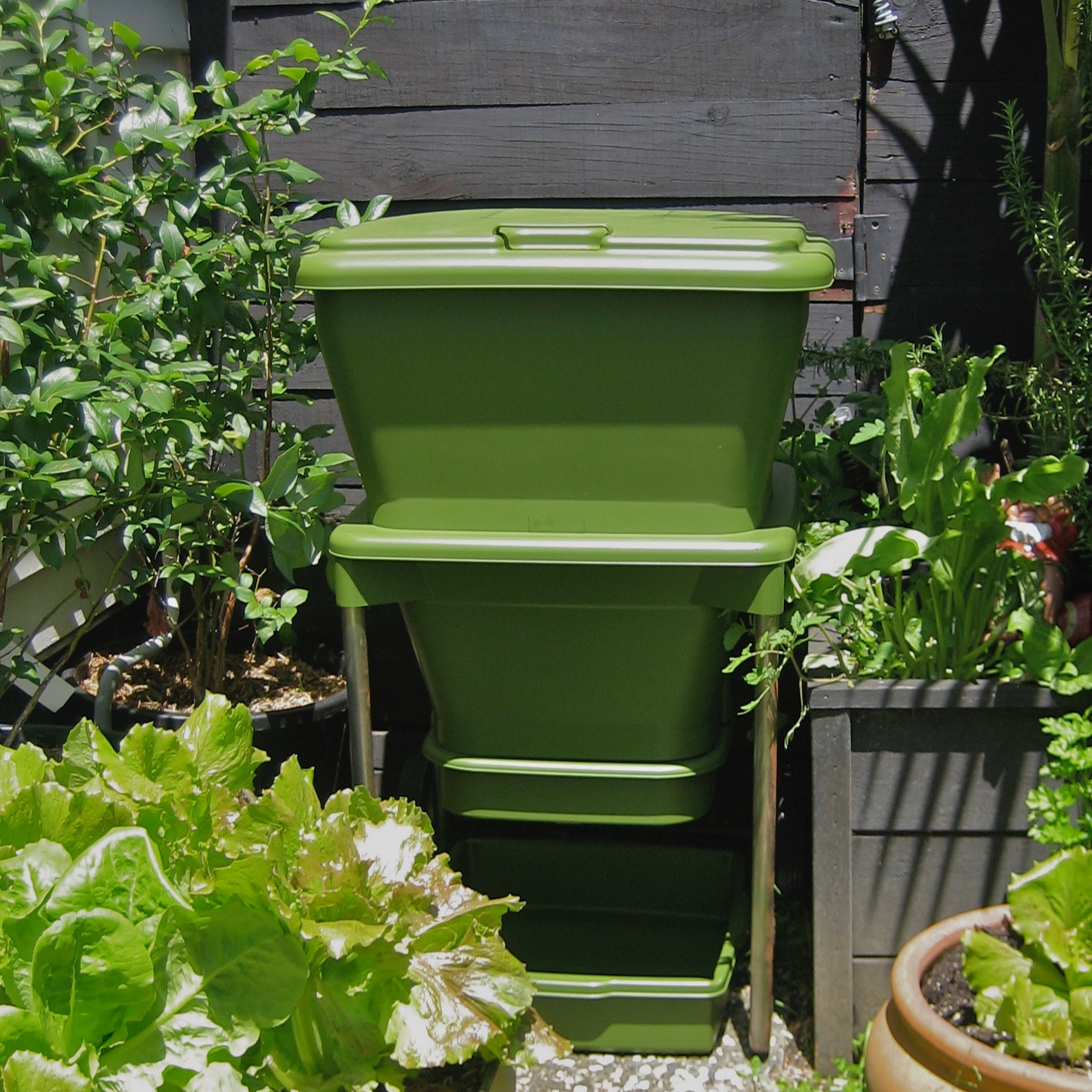Who is the Hungry Bin designed for?
From homeowners, to schools, and businesses, the Hungry Bin is for everyone!
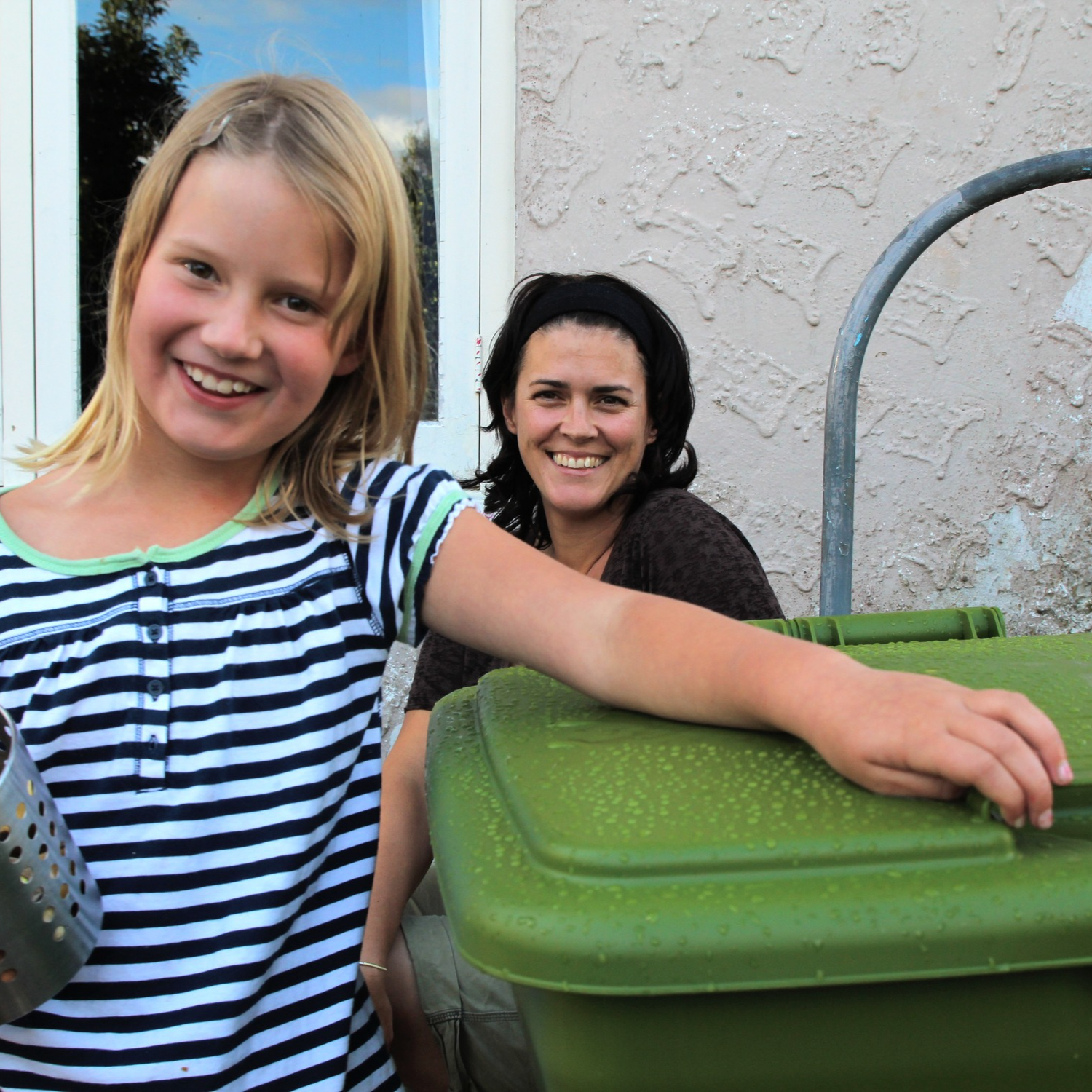
For Home
Whether you reside in a spacious home, a condominium, or an apartment, our innovative system empowers you to transform organic waste into a nutrient-rich resource for your garden. The Hungry Bin has wheels, so if you need to move it, you can. The Hungry Bin is not just clean, simple and easy to use - it looks great too.
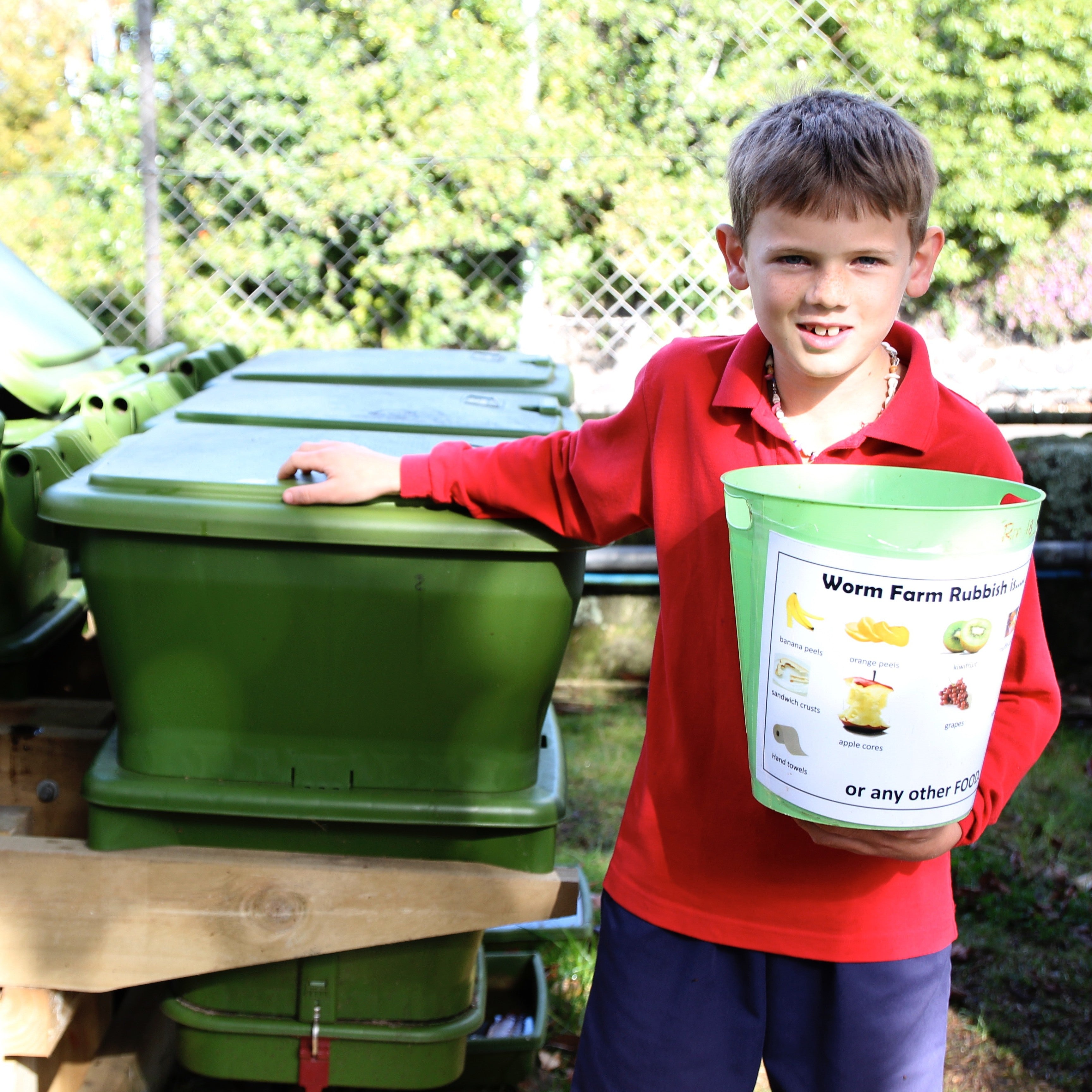
For School
The Hungry Bin combines the science of vermiculture with gardening, allowing students to engage with the lifecycles of nature while fostering crucial lessons in environmental stewardship and waste reduction. The Hungry Bin is ideal for class programs of all ages looking to divert food scraps from cafeterias into natural fertilizer for growing organic food on school property.
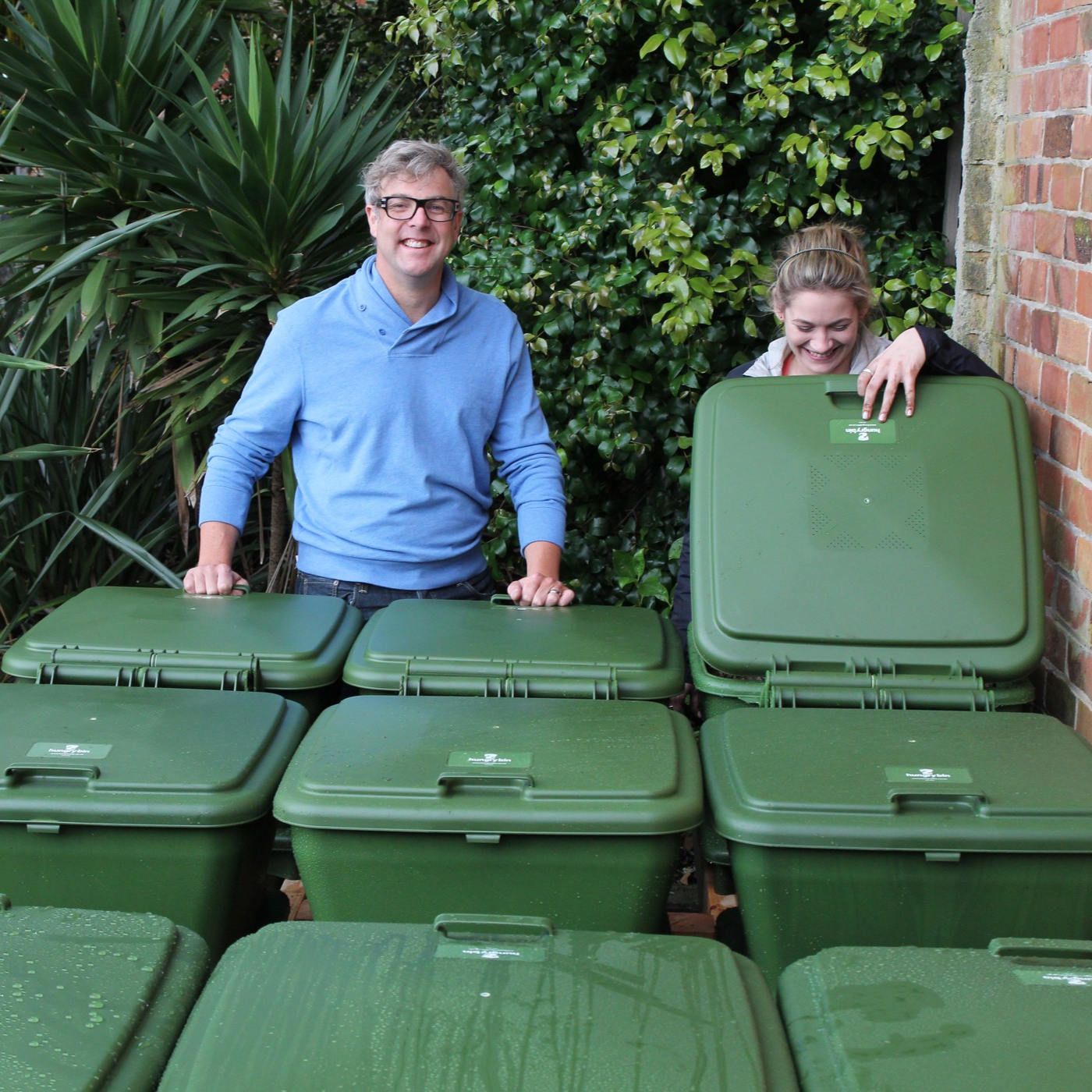
For Commercial
Commercial facilities contribute significant volumes of food waste to landfills. Utilizing the Hungry Bin can set your business on the right track to ESG and LEED sustainability targets. Organic waste is processed onsite turning food scraps and paper products (hand towels/cardboard) into premium castings and compost teas used for landscaped areas or community outreach.
Not only do our Hungry Bins sustain a healthy wiggler population year-round but they help us return nutrients to local garden soils instead of losing them to the landfill.
The Hungry Bins are still going strong, helping our 20 beginning farmers to build on-farm fertility for their quarter-acre plots.
The hungry bin has been the best worm farm that I've ever used. I've been worm composting for almost ten years now and I've had nothing but success with the Hungry Bin.
4 Pounds
of organic waste recycled every day.
1 Liter
of Worm Tea produced every week
Knowledge Center
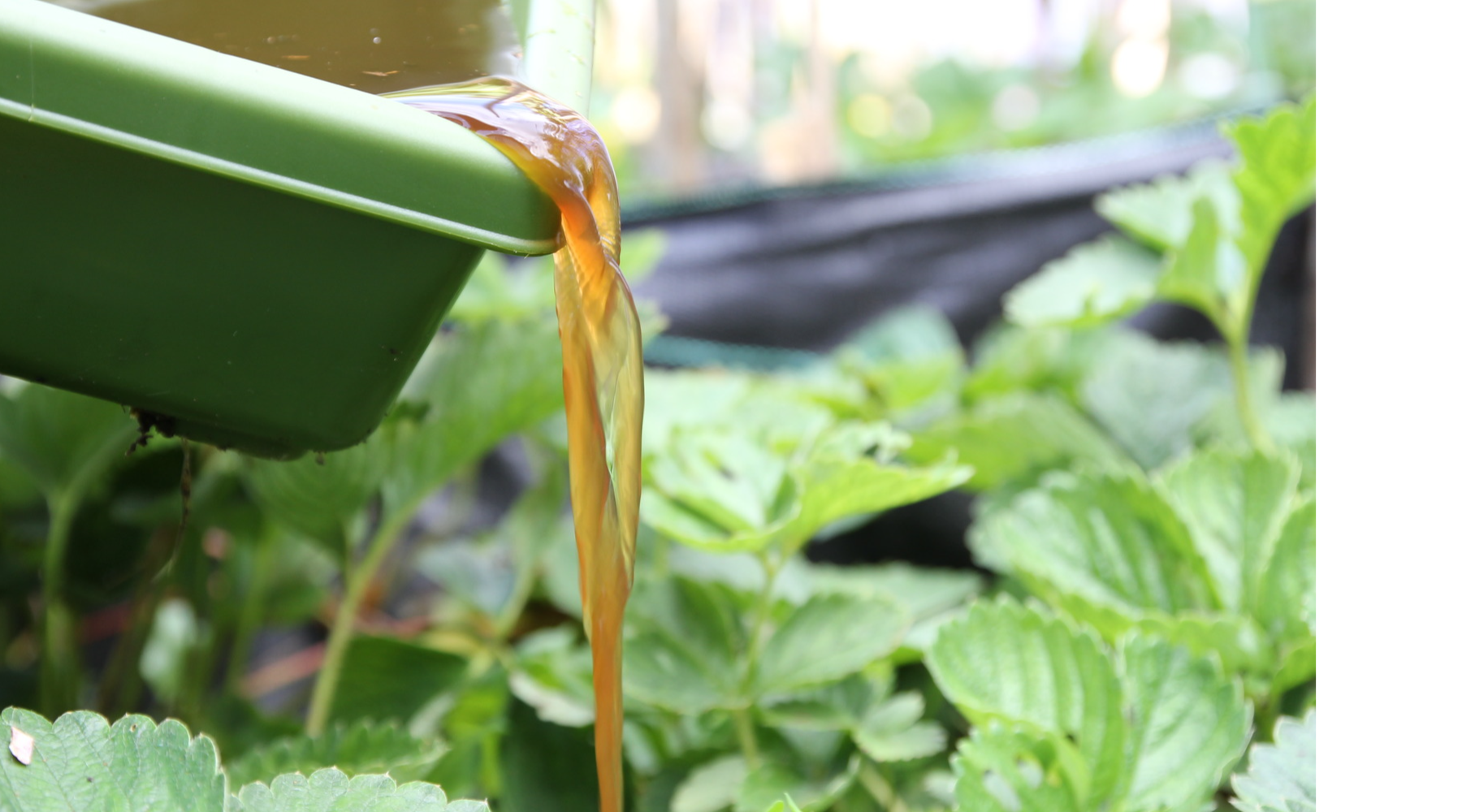
From Scraps to Splash: A Guide to the Liquid Harvest from your Hungry Bin
Composting is not just about turning kitchen scraps into nutrient-rich soil; it's also about tapping into the liquid gold that your Hungry Bin produces. A well-fed and thriving bin can yield appro...
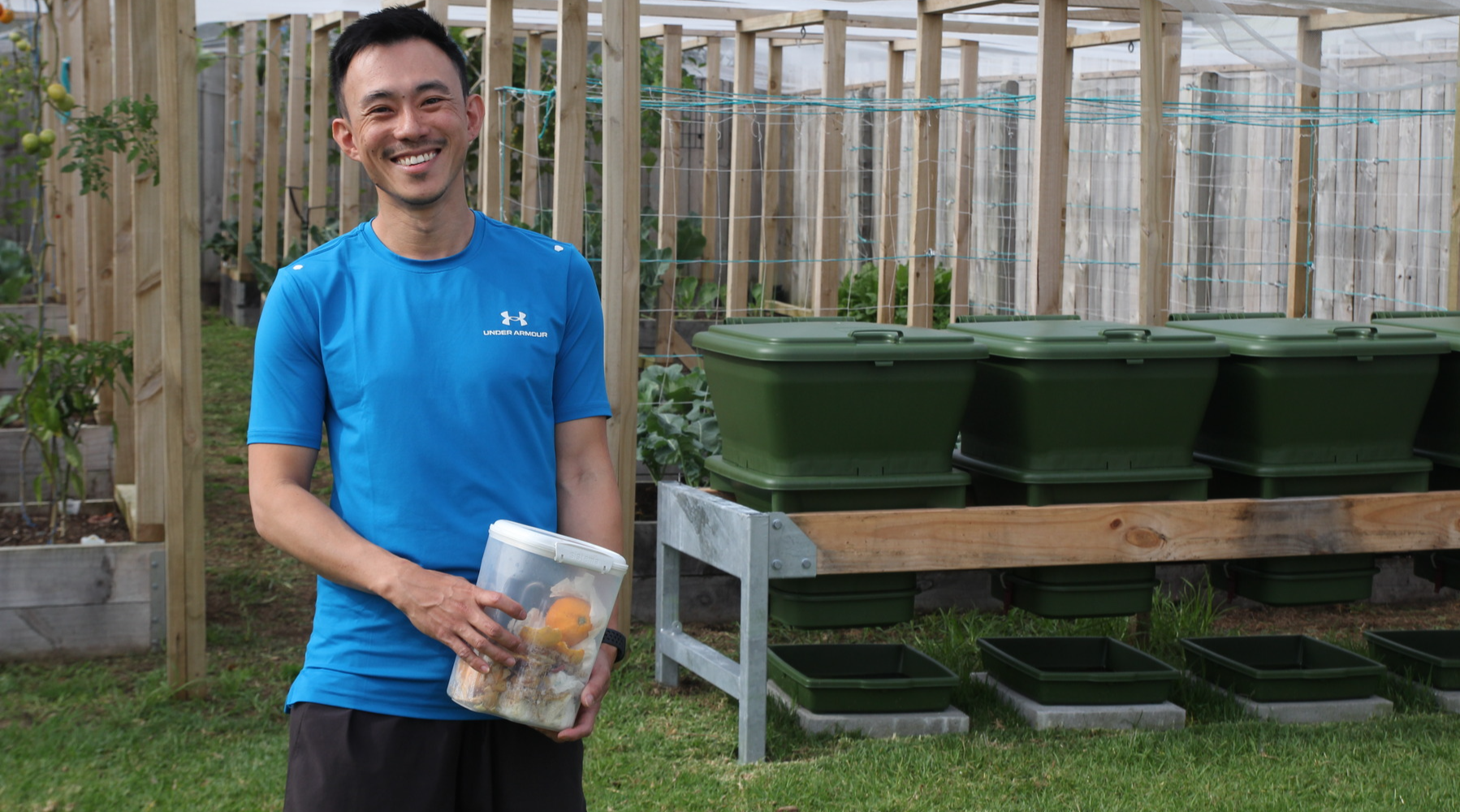
Optimizing Efficiency: The Potential of Your Hungry Bin
Your Hungry Bin is not just a composting system; it's a living ecosystem that, when treated right, can operate at peak efficiency, transforming your kitchen scraps into nutrient-rich worm castings...

Nourishing Your Hungry Bin: A Guide to Feeding Compost Worms
Compost worms, nature's recyclers, thrive on a balanced diet. To ensure optimal performance from your Hungry Bin and the well-being of its resident compost worms, it's crucial to understand what t...

